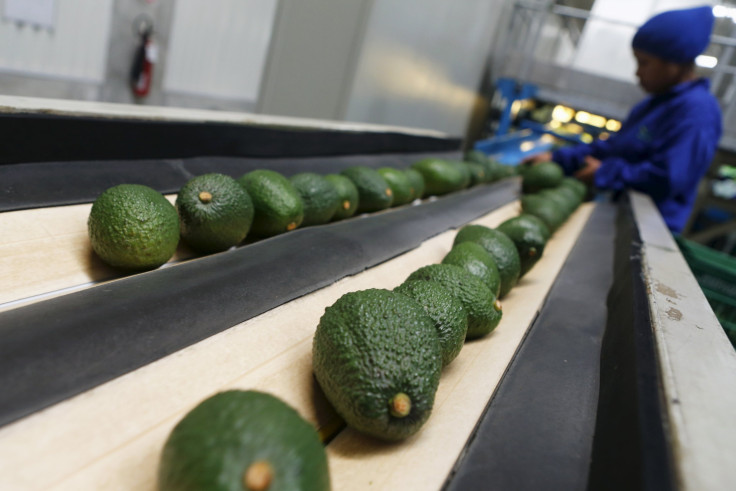How Many Avocados Do Americans Eat? This Is How Much Trump's Border Wall Will Cost In Terms Of Avocado Taxes

Sen. Majority Leader Mitch McConnell (R-Kentucky) and House Speaker Paul Ryan (R-Wisconsin) worried many at a Thursday press conference with the suggestion that President Donald Trump’s Mexican border wall will cost taxpayers $12 billion to $15 billion. The Washington Post, on a lighter note, put that in terms of a Mexican food staple.
Factoring in Press Secretary Sean Spicer’s hint that a 20 percent tariff on goods imported from Mexico would cover the expense, Americans would pay for the wall by paying an extra 60 cents on 20 billion to 25 billion avocados, Post reporter Philip Bump calculated. He added that in 2014, Americans bought 4 billion of the green fruits—85 percent of which were imported. As Baltimore-based politics blogger Matt McDaniel pointed out, Trump could practically build a wall out of such a large number of avocados.
Trump followed through on the first half of his campaign promise to build a “big, beautiful wall” and to make Mexico pay for it Wednesday with an executive order initiating “the immediate construction of a physical wall on the southern border.”
After Mexican President Enrique Pena Nieto said in a televised address to his constituents that Mexico would not be paying for the wall and canceled a previously arranged meeting with Trump, Spicer presented an alternative calculation.
“The goal today is not to be prescriptive. It's to basically say, ‘Hey, here is a way in which the wall can be paid for extremely easy and not say 'this is what we're doing ,’” he told reporters at a Thursday press conference, according to NBC News. “ When you look at the plan that's taking shape now, using comprehensive tax reform as a means to tax imports from countries that we have a trade deficit from, like, Mexico, if you tax that $50 billion at 20 percent of imports… By doing that, we can do $10 billion a year and easily pay for the wall just through that mechanism alone. That's really going to provide the funding .”
The U.S. imported $316.4 billion in goods and services from Mexico, its third largest goods trading partner, in 2015, according to the Office of the U.S. Trade Representative. While the top import was vehicles, at $74 billion, Mexico was America’s second largest supplier of agricultural imports, with $21 billion worth of products, including, according to U.S. Census data, $5.38 billion worth of fruit.
© Copyright IBTimes 2024. All rights reserved.





















